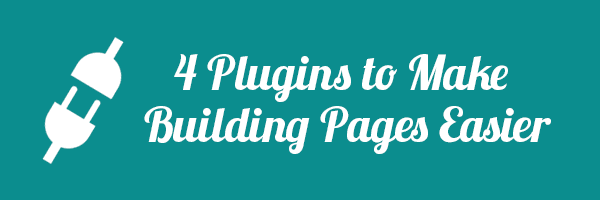Owning a website comes with several legal responsibilities. And if you don’t know the laws, it can cost you thousands of dollars or even bankrupt your business. Here are some of the common ones for websites in the US. How laws in other locations can apply to you One common


